It’s August of 2021. PowKiddy just released its RGB10, only the third of the brand new RK3326 handhelds. Anbernic upgraded and released the RG350P, and Retroid? They were releasing a horizontal version of its Retroid Pocket handheld.
Jump ahead a year to December 2021 and the handheld landscape is completely different. We just got the Miyoo Mini, Anbernic went for power with the RG552, and Analogue “launched” its FPGA handheld; the “Pocket”.
So when Retroid steps in and upgrades to the Retroid Pocket 2+, could they keep up? These two handhelds helped really push the market around. But 4 years later, where do they really stand. And how did they age against their competition?
Specs
Following the consistent price creep of Retroid Products, the Retroid Pocket 2 launched for $80, while the Retroid Pocket 2+ launched for $100, or $65 for just the PCB. Both steps up from the RP1. And while the RP2 just stole the specs of the RP1, the 2+ did something a little different.
Retroid Pocket 2
- Screen: 3.5”, 640×480, 4:3 IPS
- CPU: Mediatek MT6580A (4c/4t @ 1.5ghz)
- GPU: Mali-400 MP2
- RAM: 2GB DDR2
- Storage: 8GB + microSD
- Battery: 4000mAh
- Connectivity: Bluetooth, Wi-Fi, USB-C, Micro HDMI
- Operating System: Android 6 (Later Upgraded to Android 8)
- Dimensions: 153 x 81 x 17mm
- Weight: 196 grams
Retroid Pocket 2+
- Screen: 3.5”, 640×480, 4:3 IPS Touchscreen
- CPU: Unisoc T310 (4c/4t @ 1.8-2.0ghz)
- GPU: PowerVR GE8300
- RAM: 2gb LPDDR4X
- Storage: 32gb + Micro SD
- Battery: 4000mAh
- Connectivity: Bluetooth, Wi-Fi, USB-C, Micro HDMI
- Operating System: Android 9 (Later Upgraded to Android 11)
- Dimensions: 153 x 81 x 17mm
- Weight: 196 grams
Controls
One of the nice things about the RP2 and the RP2+ using the same shell is that their controls were almost identical to one another as well. Which to me means, “Pretty decent for their time” and “Pretty mediocre for 2025, but at least all the shoulder buttons work”.
You’re looking at a basic setup of stacked, digital triggers up top, a set of stiff face buttons paired with a membrane d-pad from the times before their Vita overlords said otherwise and “Two” “Sticks”. I say that mostly due to the fact that, while the left is a non-clickable Switch styled stick, the right is not quite. It has the Switch cap, but it’s actually a slider that spins if you’re unfortunate enough. And curiously enough, that stick is up top. Something that Retroid stopped doing with its successor.
Ergonomics
One thing that hasn’t changed by this point was Retroid’s flat back handheld mantra paired with some pretty flat sides to boot. While they aren’t sharp angles like the RP1, they aren’t as curved as the RP3 and later models. While other’s found the RP2 and RP2+ to be a bit uncomfortable, this lineup of handhelds has probably been one of my favorites’ ergonomics wise.
When I purchased my RP2+ in July of 2022, 2 months before the release of the RP3, I was honestly floored by the ergonomics. This was one of my only emulation handhelds at the time, and considering I was using an RG350M back then, the minimal changes in shape didn’t do much for me, but the weight decrease was certainly noticeable.
As a whole, the RP2 and 2+ were fine, and wouldn’t stand out in today’s market, but many simply weren’t a fan.
Screen
And on a quick side tangent before getting to the big things, the screens between the RP2 and 2+. If you had a Retroid Pocket 2, and you bought the upgrade PCB, you ended up with a non-touchscreen display that was fine for the time, and budget for today. However, if you bought the full Retroid Pocket 2+ you did get a touchscreen, and for me, that made a huge difference in setup and usability as a whole.
If you can manage to find either of these devices, you definitely want to make sure you’re getting the touchscreen.
Performance
Retroid Pocket 2
When it comes to the performance of the RP2, you’re really looking at what you got on the RP1. An “Up to PS1” styled handheld that was able to push in a little bit of N64 and the Dreamcast if you’re willing to tinker with it. With the addition of later LineageOS builds, the Android 8 experiences definitely helped to elevate the RP2, even if it obviously wasn’t perfect.
This was really where you’d start to see the community pick up on Retroid. With one of the most prominent examples in my mind being the early videos from Retro Game Corps on DS or Dreamcast being played on the the RP2. Or of course, the Retroid subreddit, and a small Retroid Handhelds Discord that’d go on to be some massive 55k+ person discord. Though they may have dropped the “id” from their name.
Retroid Pocket 2+
Where things really got pushed into high gear were with the Retroid Pocket 2+. Built on Android 9, with later builds from the community pushing it as far as Android 11, you got a $100 handheld that just ran. Easily cramming through most N64 and Dreamcast, the community really had their sights set on one thing. GameCube.
At the time I bought mine in 2022, I didn’t have a lot of funds for handhelds, so I wanted to make whatever I bought really work for me. So the thought of all of the Android games, and potential for GameCube was enough to get me to pull the trigger. On that and a huge 256GB microSD card. Though what we really ended up with was PAL roms, paired with 0.5-0.75x resolution scaling in an attempt to get between 30 and 60fps.
For the time, the RP2+ packed a punch, and even in 2025, there are still handhelds coming out in that $80-$100 range that aren’t as powerful as this. The Retroid Pocket 2+ had legs, and it’s still using them.
What the Retroid Pocket 2 Did
While the Retroid Pocket 2 didn’t have as much longevity as some would’ve liked, it was able to kick off a lot in the handheld community. From expectations in handheld guides, to entire communities basing themselves off one handheld, the RP2 was able to push things ahead enough that when the RP2+ hit the scene, you were able to do so much more.
Maybe it’s misremembering things, or maybe it’s rose-tinted glasses for a four year old Android handheld, but the Retroid Pocket 2+ seemed to be the kicking off point for a lot more discussion in the handheld community. You would see community compatibility spreadsheets popping up everywhere for the Retroid Pocket 2+, a trend that continues to this day with spreadsheets for Android compatibility with the Retroid Pocket Classic.
Whether or not you used them, came down to finding those specific spreadsheets, at least until people started to pull them together into one great resource. A system that seems to be much more prevalent now than in 2021 and 2022.
Final Thoughts
While they’re not incredible handhelds in 2025, the Retroid Pocket 2+ still has some usability left in it as we enter the second half of the year. It was the one handheld that really gave me the sickness for these devices, and it’s probably the reason I’m doing this article right now. Admittedly, if you knew how to setup Android devices, and you never wanted to go past Dreamcast, you could have bought the RP2+ in 2021 and have been set until now.
At this point there have only been two devices that I consider “RP2/RP2+ Competitors”. And that was the Retroid Pocket 2S, which emulated the feel at an equal price, and the Helegaly Pi, which emulates the performance at a lower price. I wouldn’t say “jump to either of these now”, but the fact that I can still bring it up, purely off of its performance says a lot about it.
The Retroid Pocket 2 and 2+ were good handhelds for their time, and they deserve the recognition that they got. And the Wikipedia page they have for some reason.
What did you think of this article? Let us know in the comments below, and chat with us in our Discord!
This page may contain affiliate links, by purchasing something through a link, Retro Handhelds may earn a small commission on the sale at no additional cost to you.
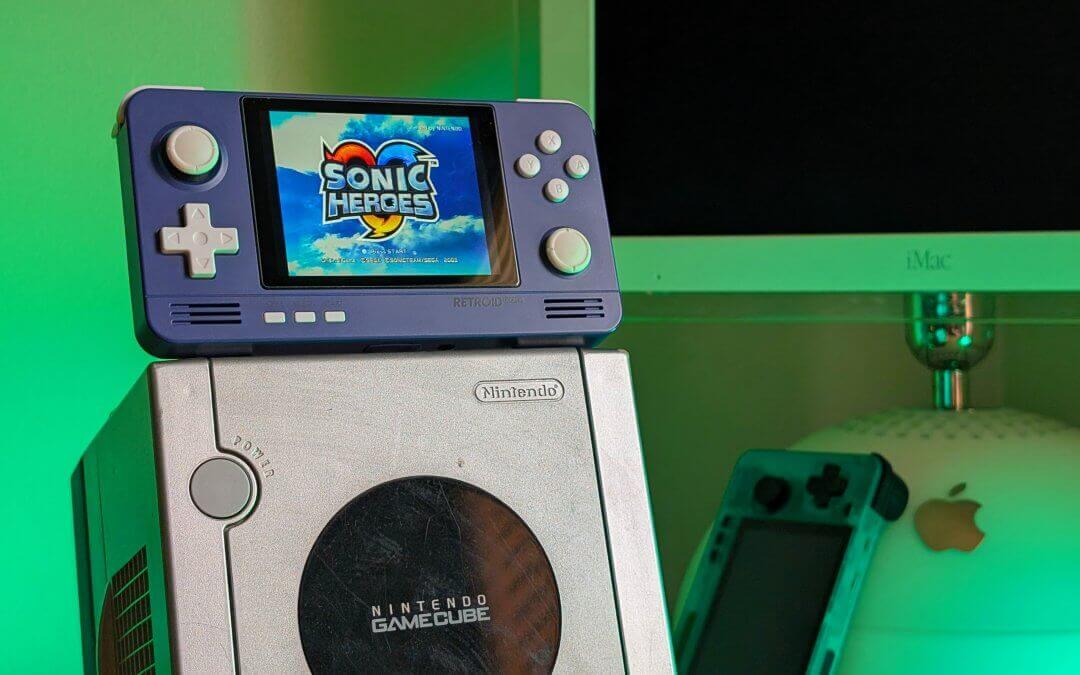
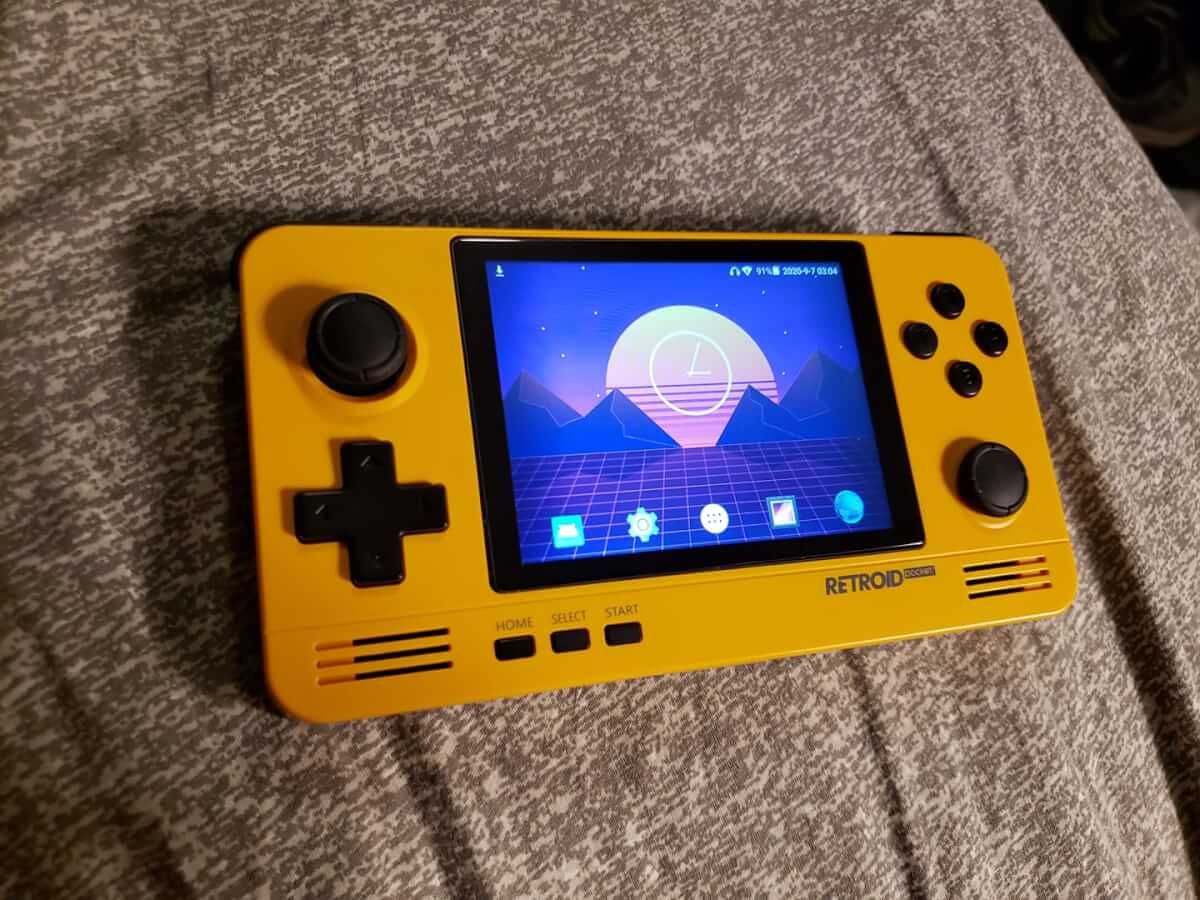
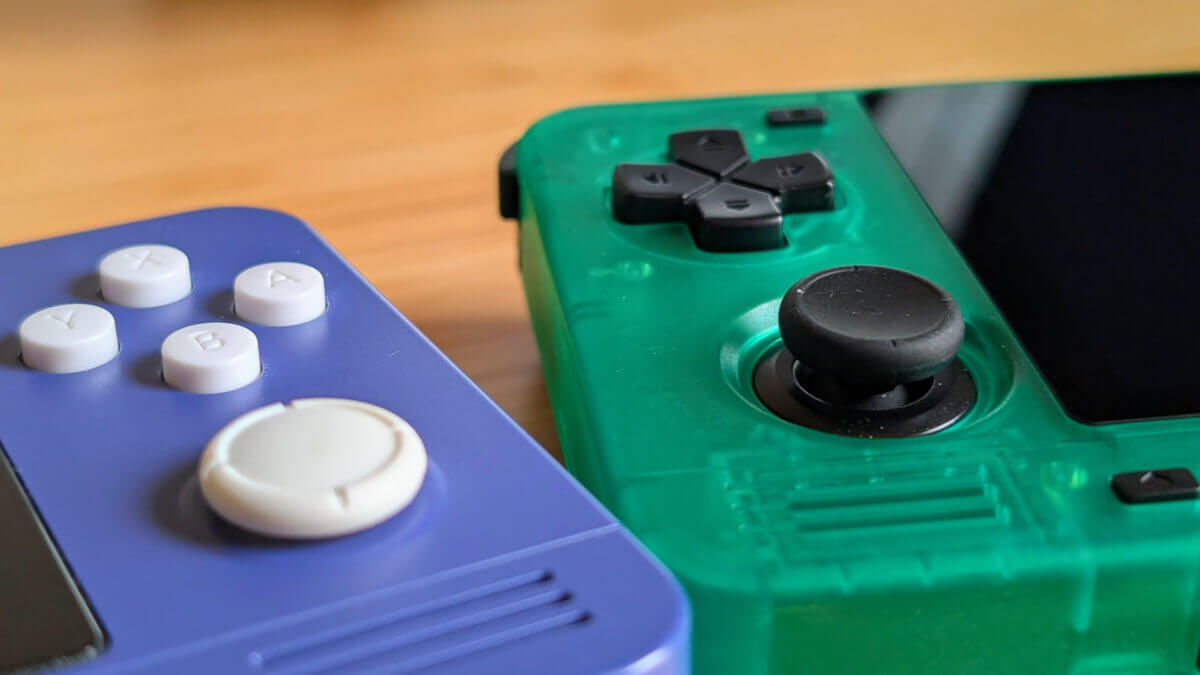
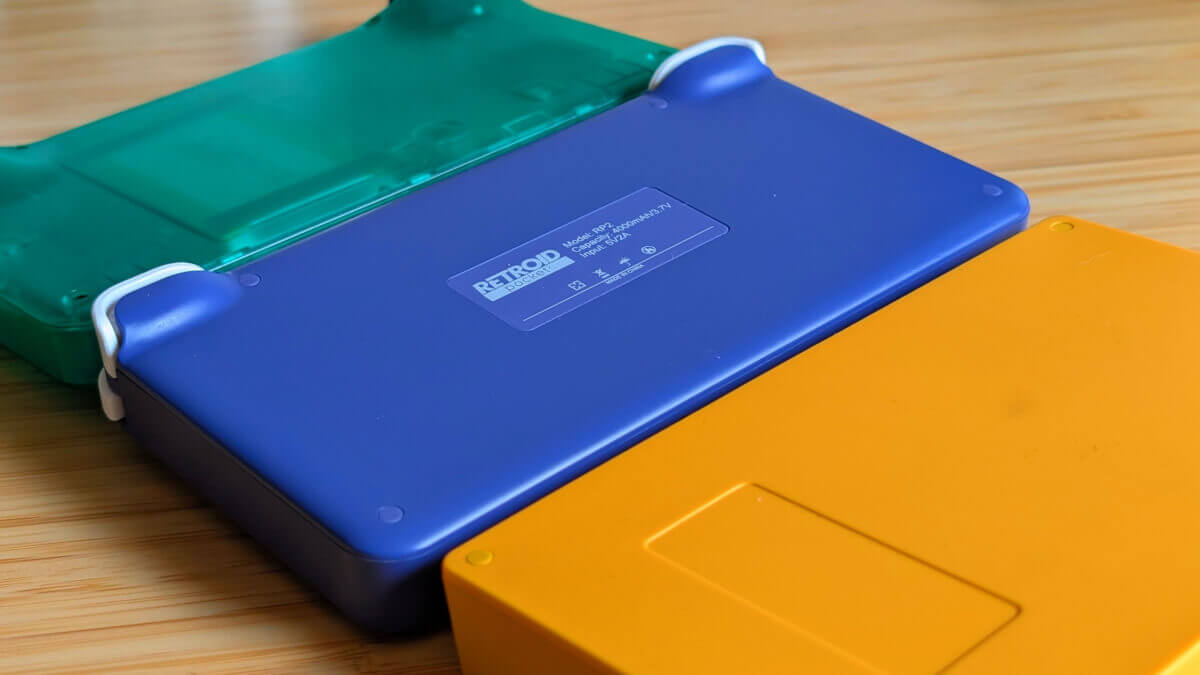
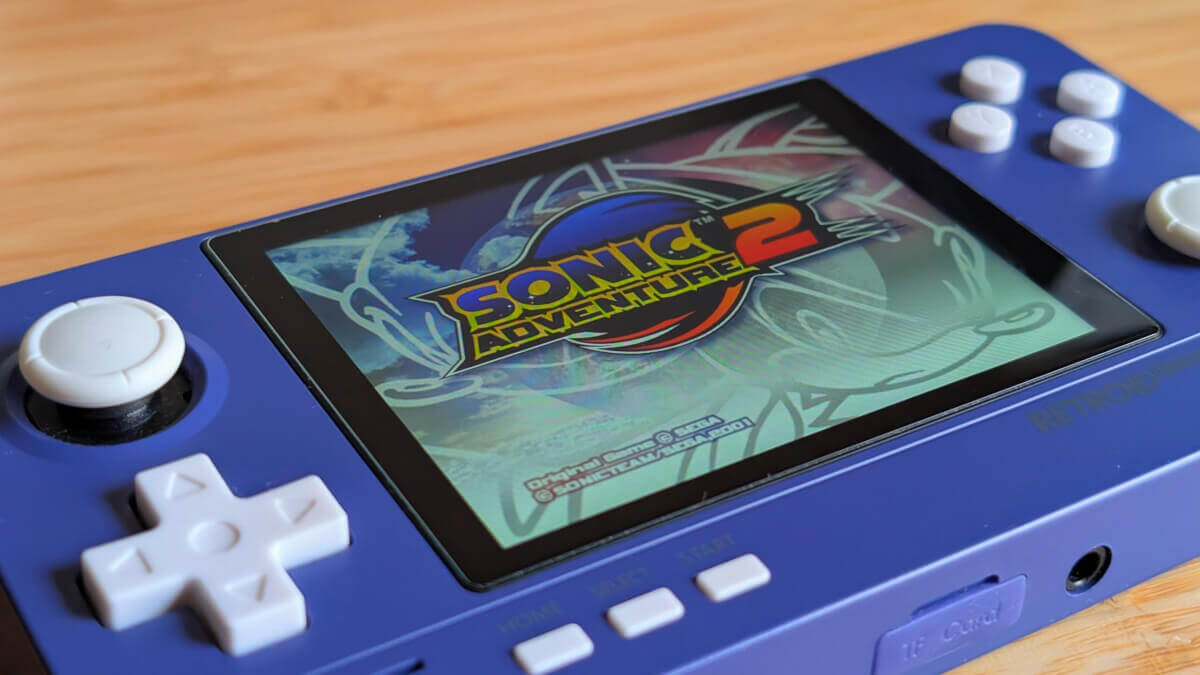
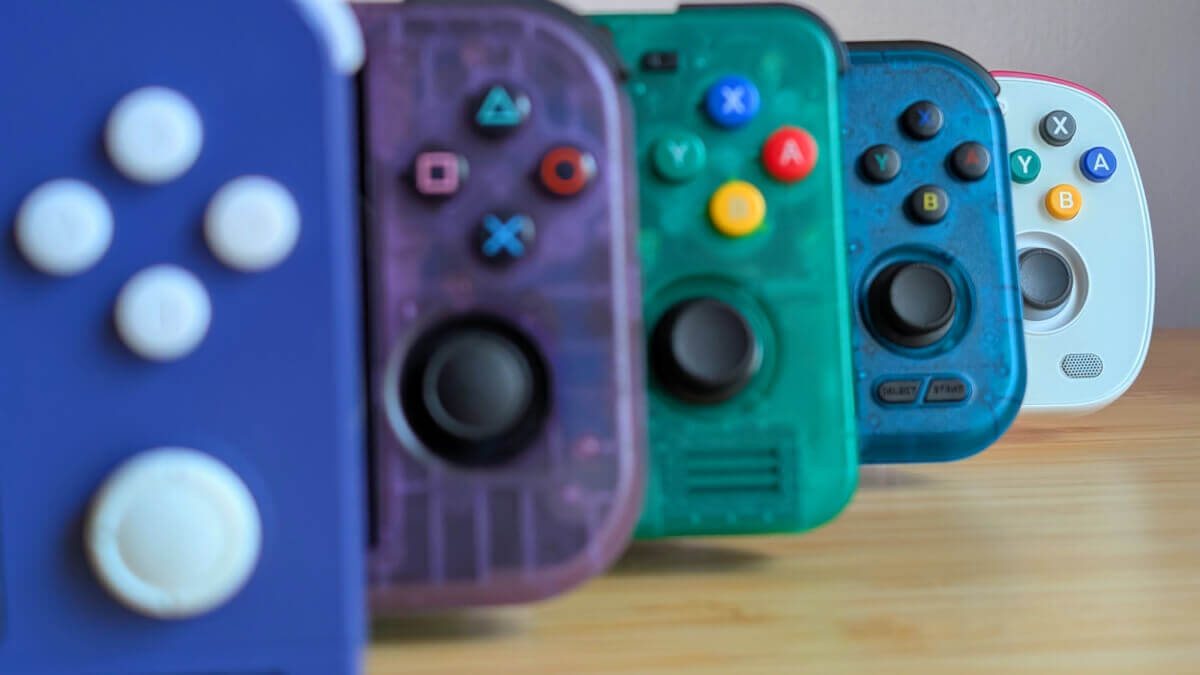
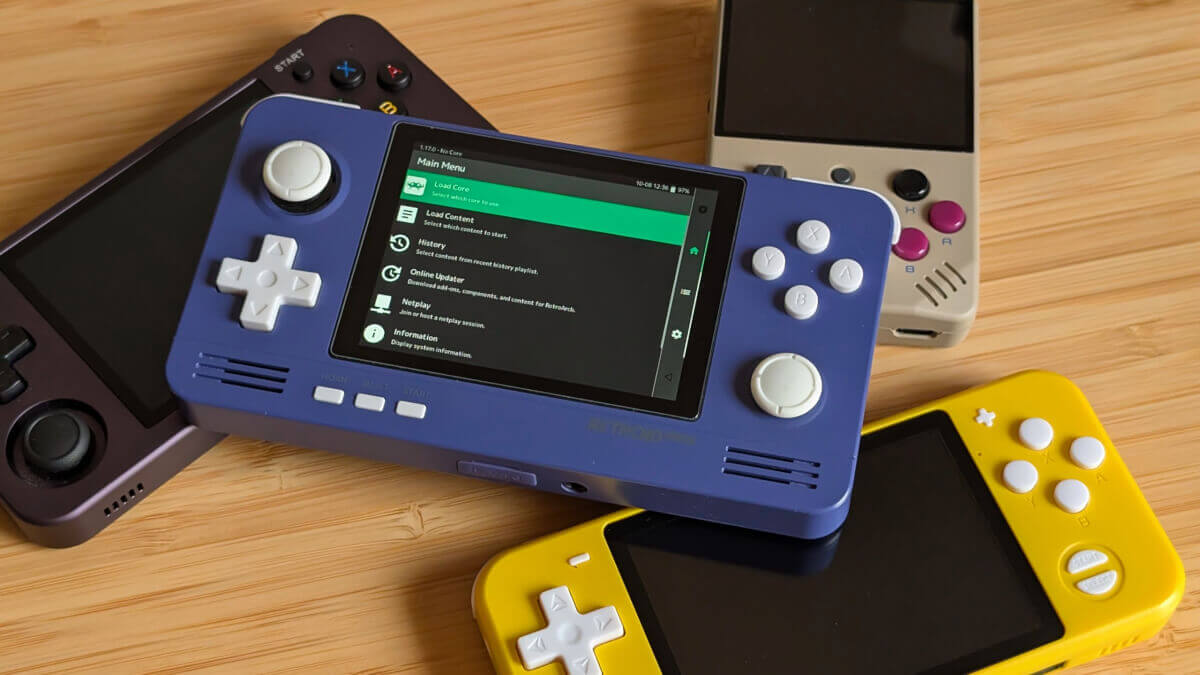
Yes. I bought my RP2+ shortly after it released. It’s still going strong. It doesn’t do too well with Wii titles but plays most Gamecube games I throw at it and a few notable PS2 titles. It’s easy to throw into my handbag when I have to go somewhere and pick up and put down. I’ve tried a few others, smaller for more portability, larger for more long-term comfort, but this one just hits a sweet spot.
HOW?! I got this as a gift, and dreamed of playing PS2 and GC games on it but I’ve never been able to get to an acceptable 30fps stable, even cranking down the render resolution. It’s great for PS1, N64, and the gameboy range but it really doesn’t leap well to that next generation of 3D games.